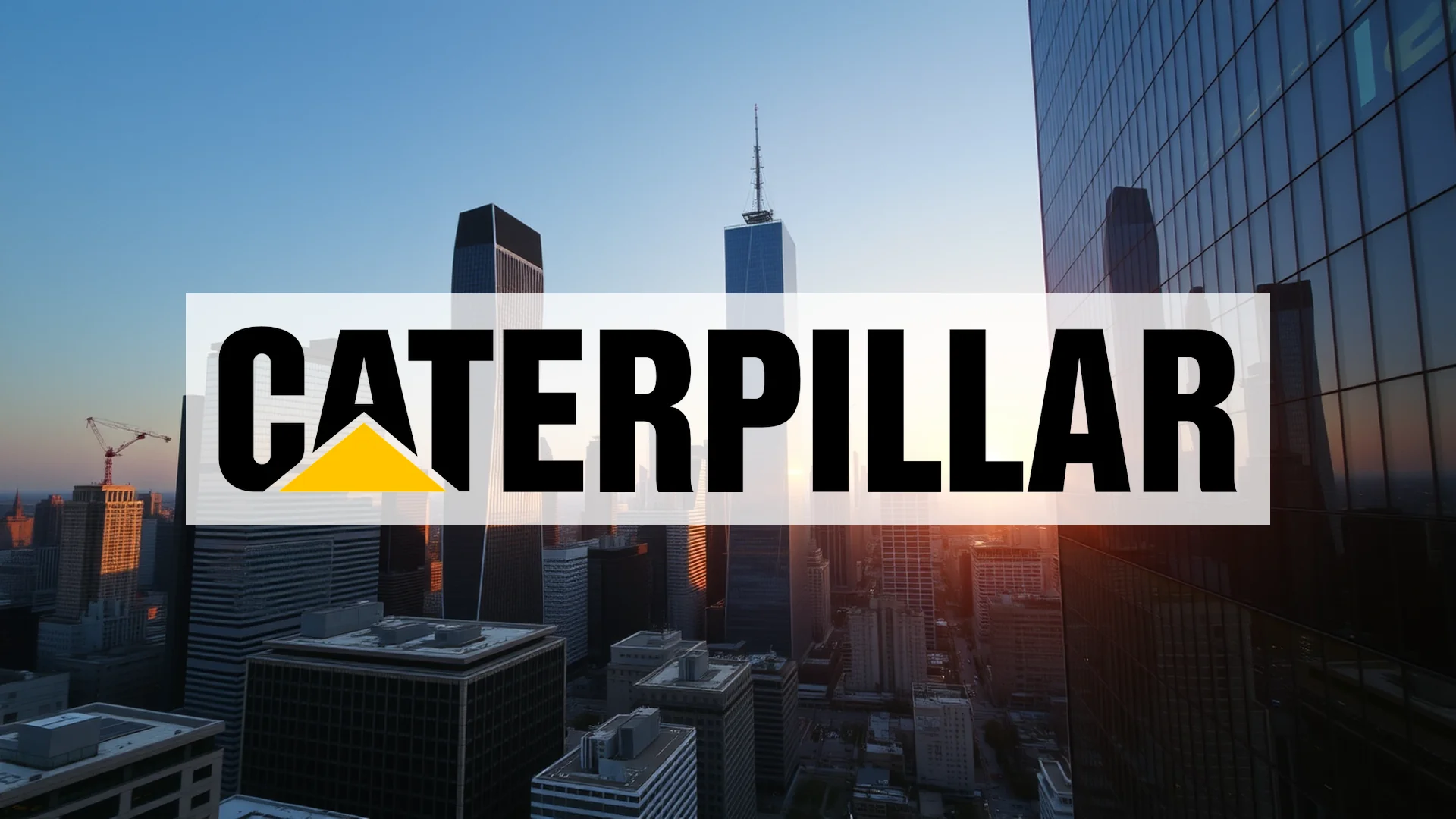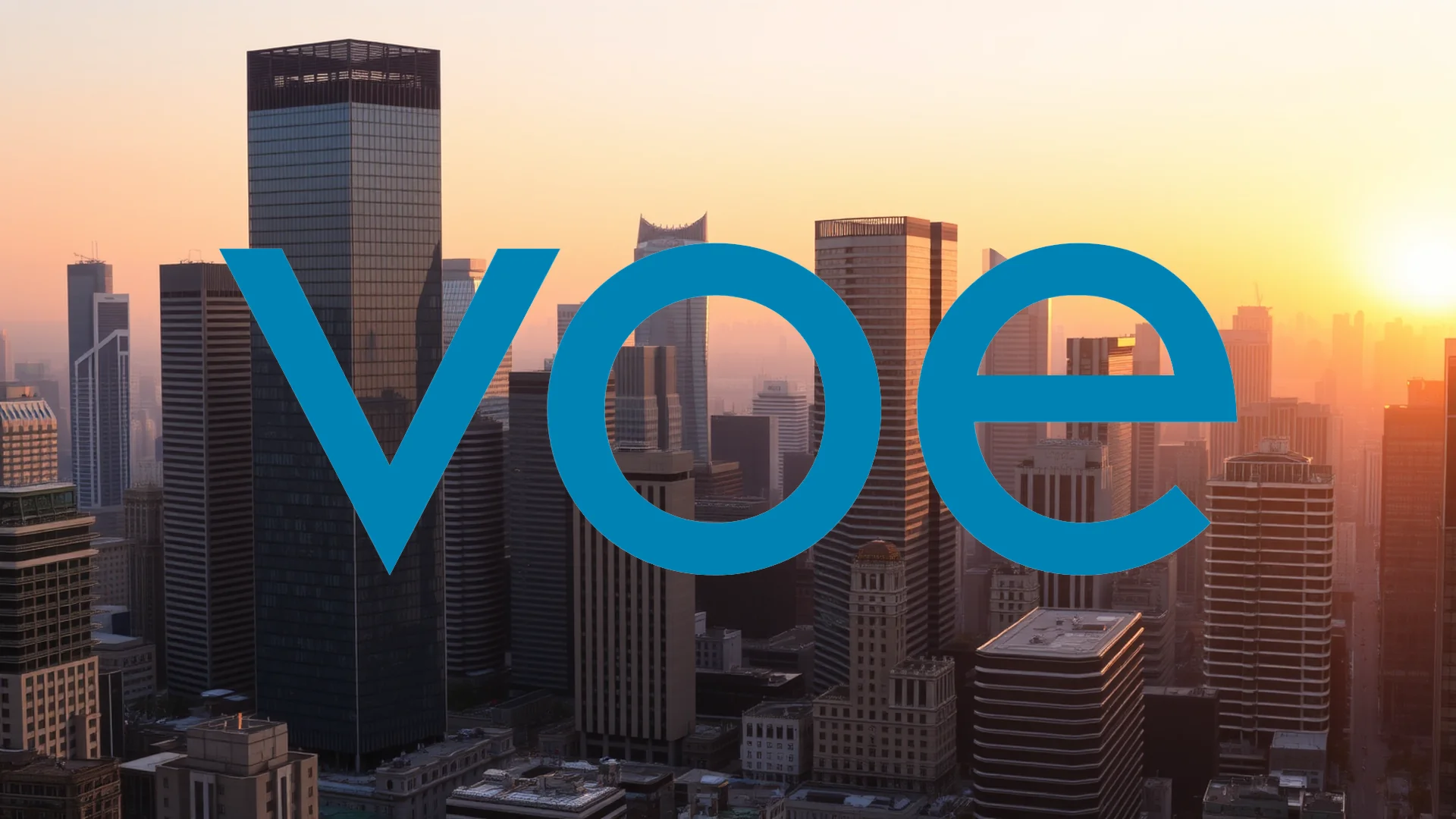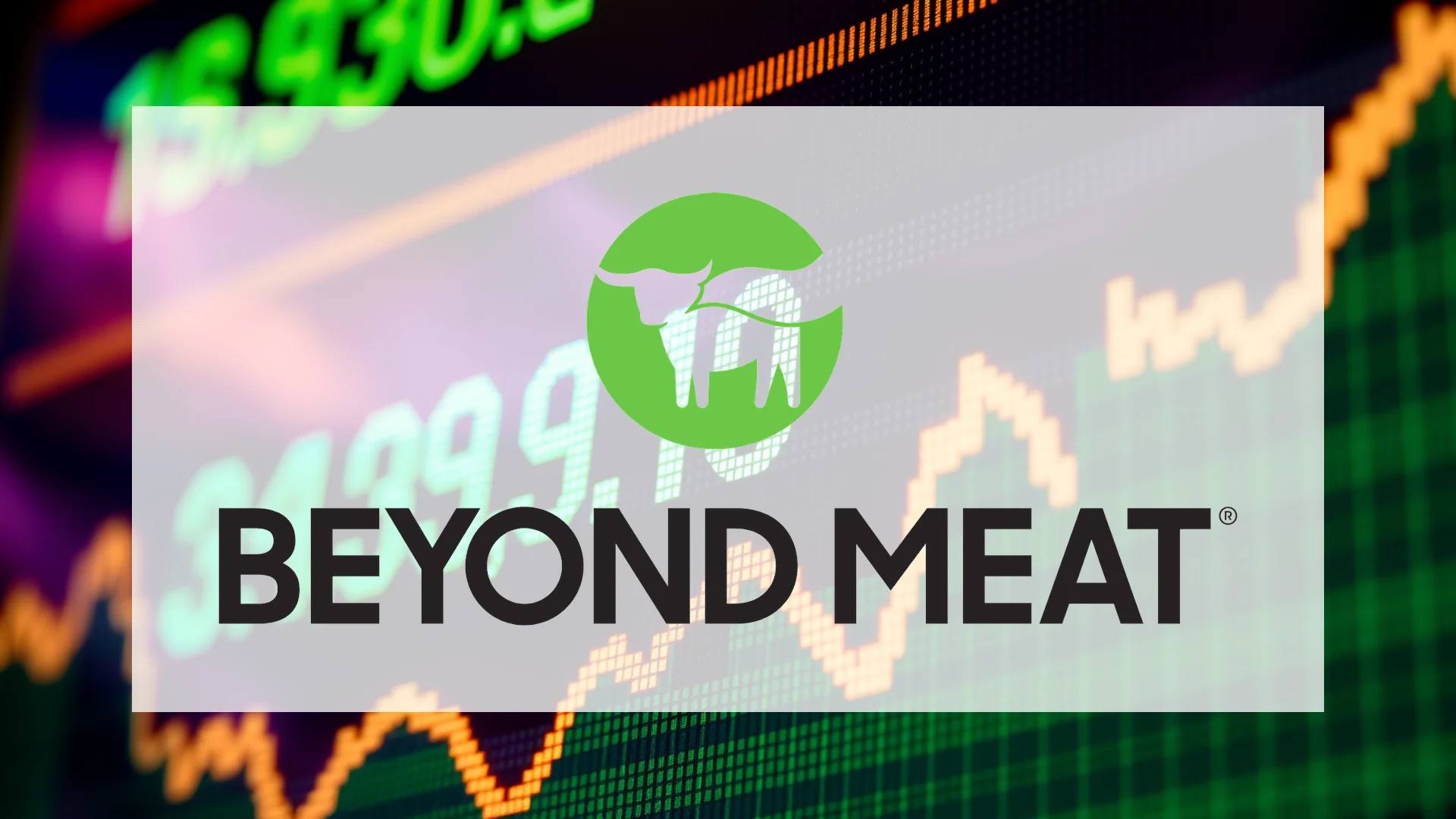Heavy equipment manufacturer Caterpillar finds itself balancing ambitious growth initiatives against significant financial headwinds. The company is pursuing a major technological acquisition while simultaneously grappling with substantially higher-than-anticipated tariff costs that threaten to compress profitability.
Strategic Acquisition Targets Mining Technology Sector
In a move to enhance its technological capabilities, Caterpillar has signed a non-binding offer to acquire Australian software provider RPMGlobal Holdings Limited for approximately €700 million. This planned acquisition represents a strategic push into higher-margin software solutions for the mining industry, specifically aiming to bolster Caterpillar’s expertise in mine design, operational planning, and asset management systems.
Soaring Tariff Costs Threaten Profit Margins
While pursuing expansion, Caterpillar faces dramatically increasing financial pressures from U.S. trade tariffs. The company has significantly revised its full-year 2025 tariff cost projections upward from an initial estimate of $1.3-1.5 billion to a new range of $1.5-1.8 billion. For the third quarter alone, management anticipates tariff-related expenses of $500-600 million.
This substantial cost increase has already contributed to notable share price declines and is expected to push the company’s adjusted operating margin toward the lower end of its previously guided range. Investor concerns are mounting as rising costs combined with margin stagnation present challenging financial dynamics.
Mixed Performance Across Business Segments
Recent quarterly results revealed divergent performance across Caterpillar’s business units. The Energy & Transportation division delivered strong results with a 7% revenue increase in the second quarter. Conversely, the construction and resource industries segments experienced significant profit declines of 25-29%, primarily driven by unfavorable production costs.
Should investors sell immediately? Or is it worth buying Caterpillar?
Despite these challenges, Caterpillar demonstrated commitment to shareholder returns by raising its dividend by 7% to $1.51 per share.
Ethical Divestment and Geopolitical Considerations
Beyond operational challenges, Caterpillar faces ethical investment controversies. Norway’s substantial sovereign wealth fund has divested from the company, citing reports of Caterpillar equipment being used in occupied territories. This decision has created diplomatic tensions and highlights the growing influence of ESG criteria and geopolitical factors in institutional investment decisions.
Analyst Sentiment Remains Cautiously Optimistic
Market experts maintain a generally positive but cautious outlook on Caterpillar’s prospects. While some analysts have adjusted price targets—Oppenheimer reduced its target from $493 to $480 while maintaining an “Outperform” rating—the overall sentiment remains tempered by tariff concerns.
Caterpillar is implementing countermeasures including increased automation and supply chain adjustments under the USMCA agreement to stabilize margins. The coming quarters will reveal whether these efforts can sufficiently offset substantial additional costs while simultaneously funding the company’s growth ambitions.
Ad
Caterpillar Stock: Buy or Sell?! New Caterpillar Analysis from December 3 delivers the answer:
The latest Caterpillar figures speak for themselves: Urgent action needed for Caterpillar investors. Is it worth buying or should you sell? Find out what to do now in the current free analysis from December 3.
Caterpillar: Buy or sell? Read more here...












